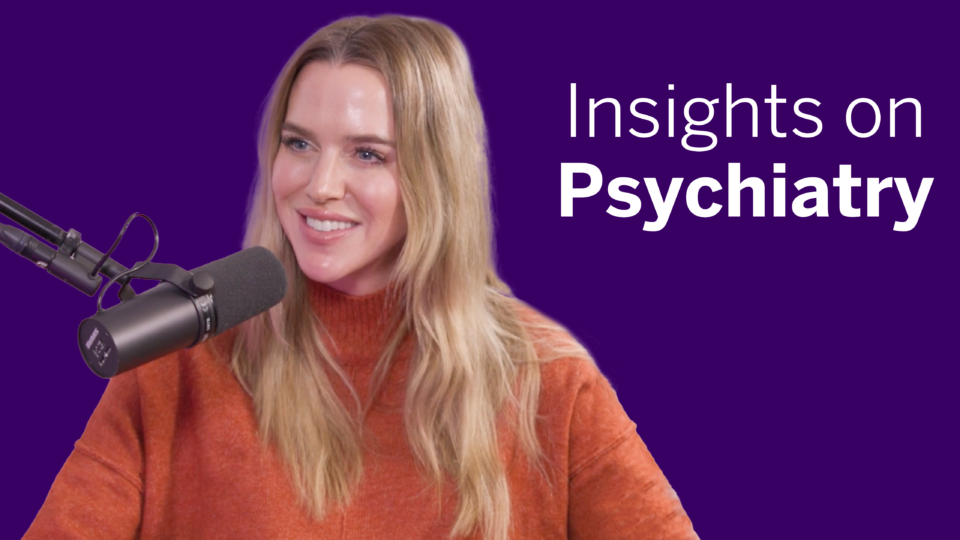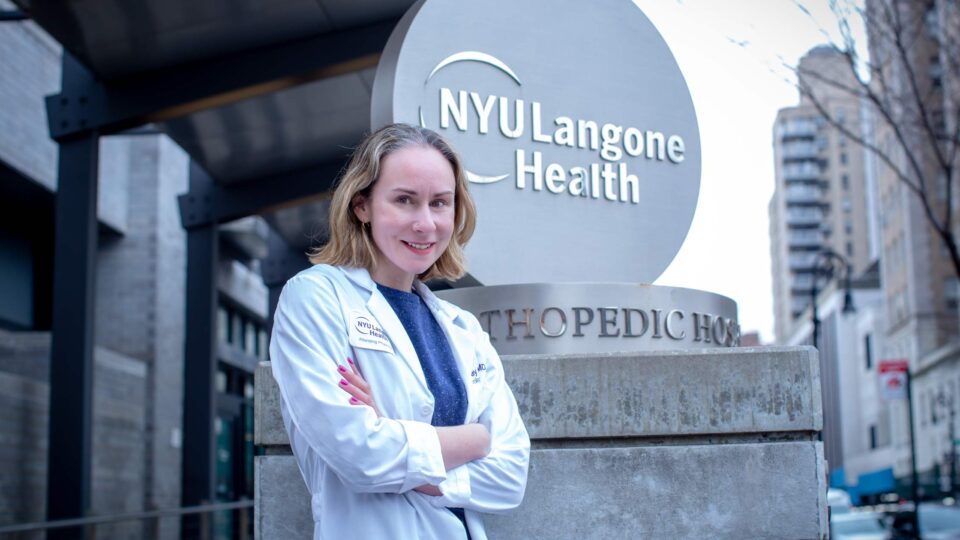Lenard A. Adler, MD, director of NYU Langone Health’s Adult ADHD Program, is recognized as a national expert in adult psychiatric disorders, specializing in attention deficit hyperactivity disorder (ADHD) and related conditions. Currently, he is serving on a committee assembled by the American Professional Society of ADHD and Related Disorders to develop what will be the first U.S. guidelines for adult ADHD.
Given the significant underdiagnosis of ADHD in adults, he says awareness is key to ensuring patients receive effective treatment to improve symptoms, emotional stability, and overall functioning. Although they are often overlooked, treatments ranging from pharmacological to behavioral and psychosocial interventions can ameliorate symptoms.
Here, Dr. Adler discusses his framework for recognizing and treating ADHD in adults, tools his team has helped develop to support international screening, and how clinical trials underway at NYU Langone are addressing gaps in treatment.
The Impact of Underdiagnosis
Physician Focus: When ADHD goes unaddressed in adults, what impact does that have on a patient’s overall health and wellbeing?
Dr. Adler: Underdiagnosis is a critical issue, leaving those affected at risk of experiencing ongoing difficulties. Surprisingly, ADHD is the second most common neuropsychiatric disorder, affecting 8 to 9 million adults across the country. Only about 11 percent of adults with ADHD are currently diagnosed or treated.
Over the years, countless studies have established links between untreated adult ADHD and adverse life outcomes, including poor academic performance, lower income, and a higher probability of being divorced or separated. It has also been strongly linked to delinquency and substance use disorders.
“ADHD is a risk factor for comorbid psychiatric conditions. Adults will often seek help for the comorbid condition first, before the ADHD is identified.”
Lenard A. Adler, MD
What’s more, ADHD is a risk factor for comorbid psychiatric conditions, such as bipolar disorder, personality disorders, major depressive disorder, and anxiety disorders. Notably, adults will often seek help for the comorbid condition first, before the ADHD is identified.
Screening and Assessment Tools
Physician Focus: What are the common symptoms of ADHD in adults, and how can screening help identify at-risk individuals?
Dr. Adler: The most common symptoms are hyperactivity, inattention, easy distraction, trouble listening, and impulsiveness. These usually lead to behavioral, emotional, and vocational problems and co-present with another psychiatric disorder.
“ADHD can run in families. It is advisable to ask parents if they themselves have symptoms when their child is being evaluated.”
ADHD can also run in families. Thus, it is advisable to ask parents if they themselves have symptoms when their child is being evaluated. We are able to conduct online consultations and assessments through the NYU Langone Health app, a secure and confidential platform that allows our specialists to provide personalized care remotely and at flexible times.
Our team has been instrumental in designing a portfolio of assessment tools, including the Adult ADHD Self-Report Scale Symptom Checklist and the Adult ADHD Self-Report Screener, in partnership with researchers at Harvard University and others. These are useful for general practitioners who want to become more familiar with the symptoms of ADHD in adults, and they are globally leveraged for education, research, and direct care.
Appropriate Intervention
Physician Focus: What treatment options are available for adults with ADHD, and what is your approach to treatment selection?
Dr. Adler: Our approach to treatment selection is a shared decision-making process among the psychiatrist, the patient, and their caregivers.
Generally speaking, the first step is establishing the diagnosis, then determining whether pharmacological or nonpharmacological treatment will be used, and if both, how they will be sequenced. We consider the age of the patient, the severity of the disorder, and any comorbidities.
“Our approach to treatment selection is a shared decision-making process. Patient preference should be the primary consideration.”
Most adults are treated with psychostimulants, which include methylphenidate and amphetamines. Newer developments in drug therapy are focused on modifying the mechanism of drug delivery, specifically by extending their half-lives to minimize side effects. Other approved pharmacological options include atomoxetine and viloxazine, both selective norepinephrine reuptake inhibitors.
Common side effects of psychostimulants include increased heart rate and blood pressure, agitation, insomnia, and in rare cases, unusual thoughts. When deciding on a treatment strategy, these factors need to be taken into account, and patient preference should be the primary consideration. As these agents are controlled substances, monitoring is essential to prevent misuse or misdirection.
In terms of nonpharmacological strategies, cognitive behavioral therapy (CBT) or relaxation with educational support are common adjuncts to standard medication therapy. There is some evidence to support behavioral interventions as well.
Physician Focus: What gaps in treatment exist today, and how can we address them?
Dr. Adler: While there are many stimulants and nonstimulants approved for treating adult ADHD, some patients still experience symptoms and functional impairments.
To bridge these gaps, we have several clinical trials currently underway that are testing psychostimulants for a variety of different symptom sets, including those that affect co-traveling symptoms, known to affect higher-level organizational and planning processes, emotional regulation, and sluggishness of thought and action. We are also pioneering studies involving individual- and group-based CBT and noninvasive neuromodulatory interventions.
It is hoped that these studies will provide us with insight into unresolved questions and open new pathways for personalized treatment.






